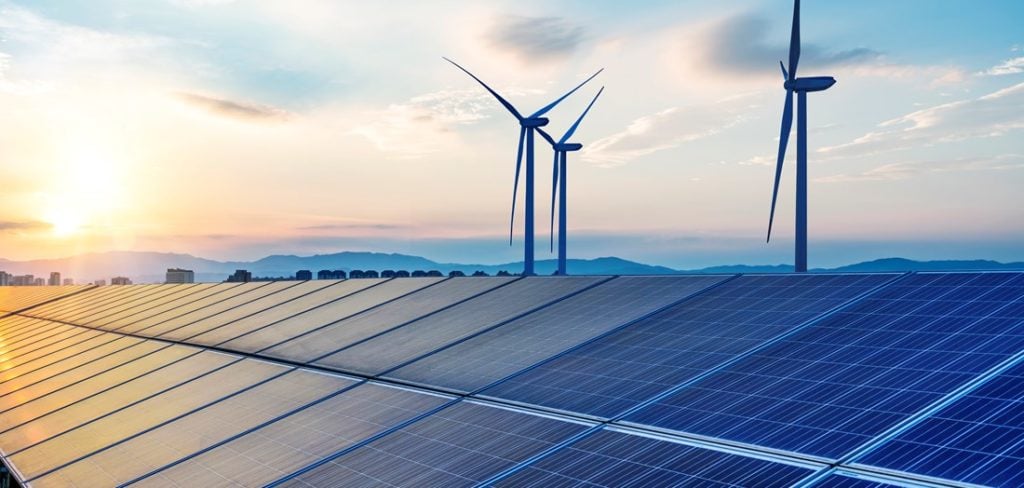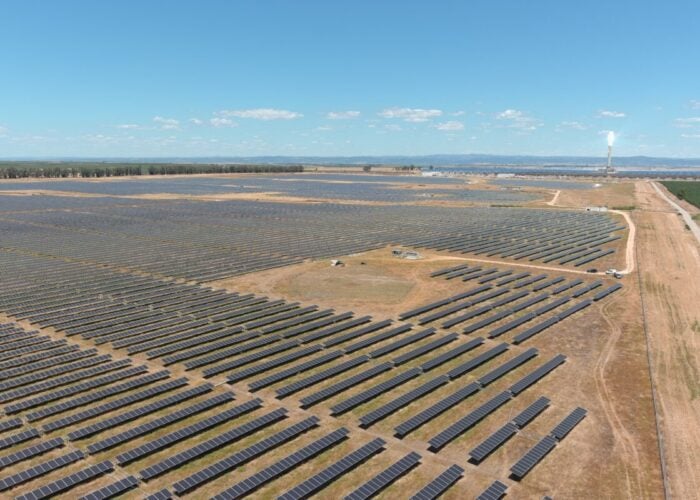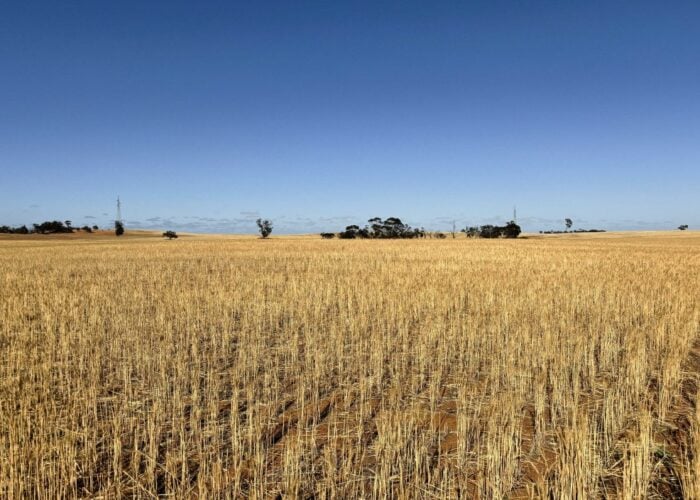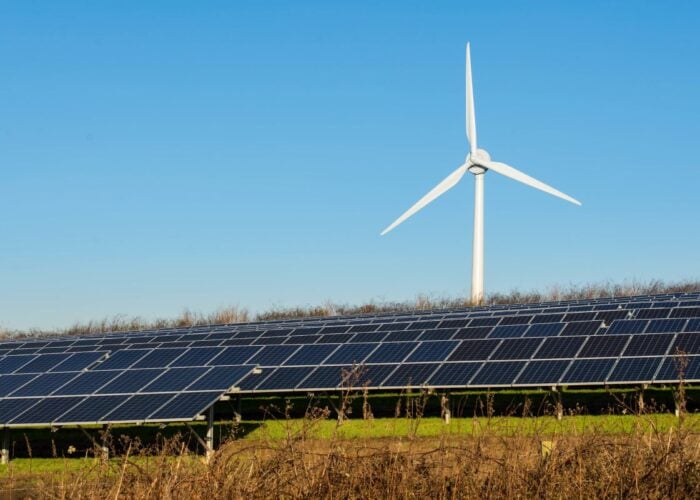
The Australian government will underwrite 32GW of renewable energy generation and energy storage capacity in an attempt to stimulate investment into the country’s energy transition.
Minister for climate change and energy Chris Bowen today announced plans for an expansion of the existing Capacity Investment Scheme (CIS) and National Energy Transformation Partnership (NETP) programmes to facilitate 9GW of dispatchable capacity and 23GW of variable capacity nationally.
Unlock unlimited access for 12 whole months of distinctive global analysis
Photovoltaics International is now included.
- Regular insight and analysis of the industry’s biggest developments
- In-depth interviews with the industry’s leading figures
- Unlimited digital access to the PV Tech Power journal catalogue
- Unlimited digital access to the Photovoltaics International journal catalogue
- Access to more than 1,000 technical papers
- Discounts on Solar Media’s portfolio of events, in-person and virtual
The government said that this capacity is equivalent to roughly half of the demand on Australia’s national energy market (NEM).
The Australian solar sector has grown considerably in recent years, with the Australian PV Institute reporting that cumulative capacity installations reached 32.7GW in August this year, up from 28.2GW in August 2022 and 16.2GW at the start of the decade, and the sector could benefit from the additional funding opportunities put forward by the government.
This announcement follows reports from Australia’s Clean Energy Council (CEC), which found the first half of 2023 to be the slowest period for private investment in new renewables generation since it began keeping records in 2017. Given the country’s plans to retire over 60% its aging fleet of coal plants in the next decade, the CEC said that investment trends in Australia were “concerning” for the country’s energy security.
In a post on X, formerly Twitter, Bowen said that “we need to ensure we’re getting on new energy to replace the aging coal fire power stations … I want to bring that energy on quickly, I want this transformation to be faster, but also more orderly.”
Hitherto, Australian government action to stimulate investment had been inconsistent. The CEC published research earlier in the year calling for an AU$100 billion (US$65 billion) investment into the energy transition in the style of the US’ Inflation Reduction Act (IRA), which made US$369 billion available in structured incentives for clean energy deployment and manufacturing.
The CIS operates under a “contracts for difference” model, where the government underwrites investments into new renewables projects through competitive auctions. The government said that it will not disclose the expected costs of CIS contracts in order to “achieve the best bang for buck for taxpayers”. Auctions will reportedly run at six-monthly intervals.
In addition to the expanded CIS – which had its first pilot auction in New South Wales this week – the central commonwealth government will establish new bilateral agreements with states and territories under the NETP. These agreements will call for objective benchmarks, an orderly transition, and potential strategic reserves, and around half of the available CIS capacity will be allocated subject to these terms.
There will be a feature-length piece on the recent landscape of Australian renewables investments in the upcoming December edition of our downstream journal, PV Tech Power.







